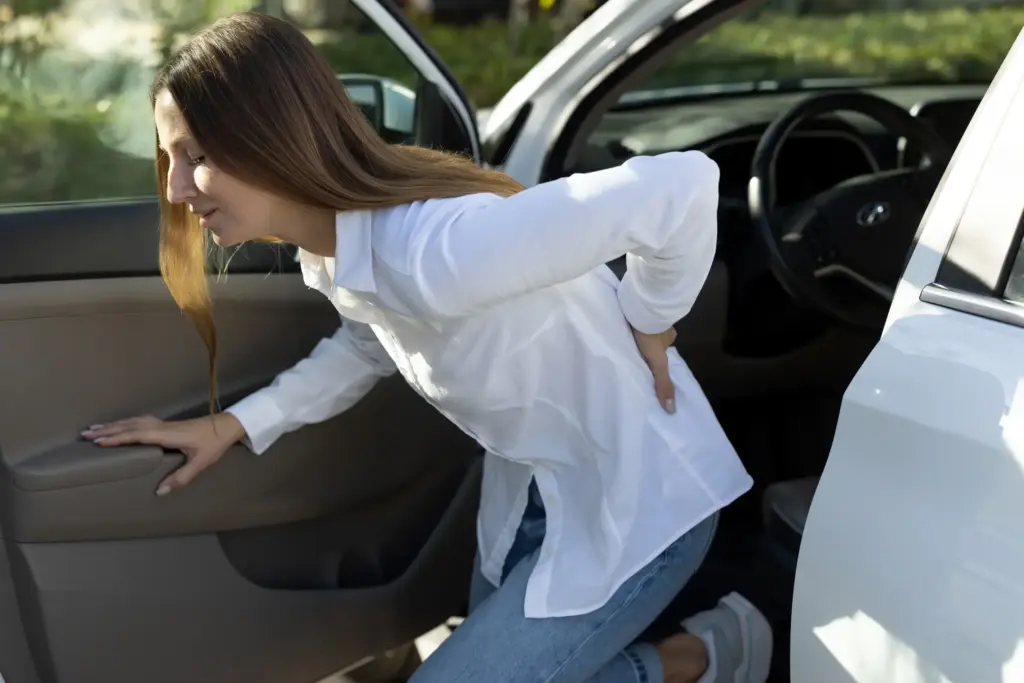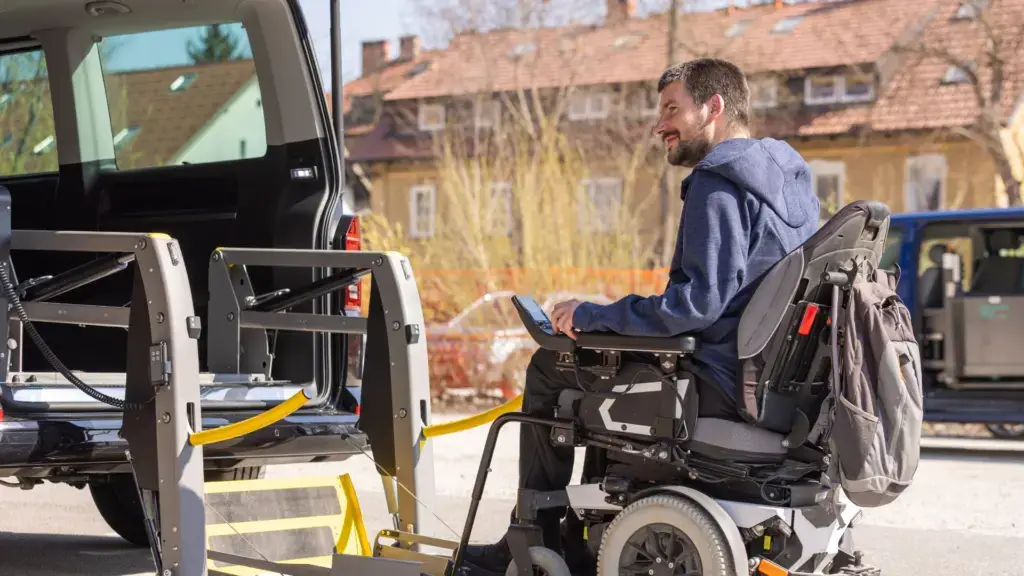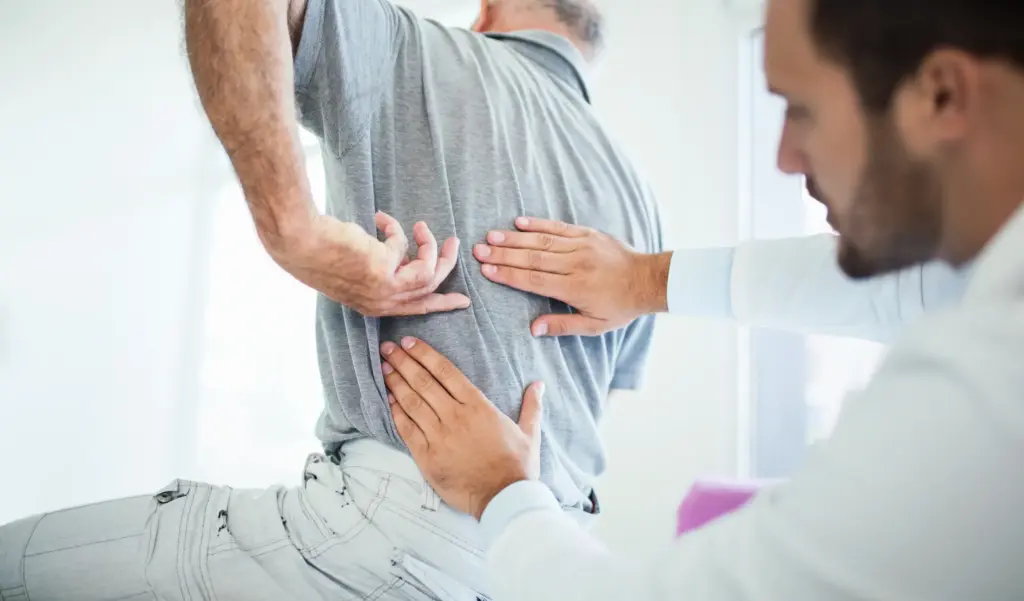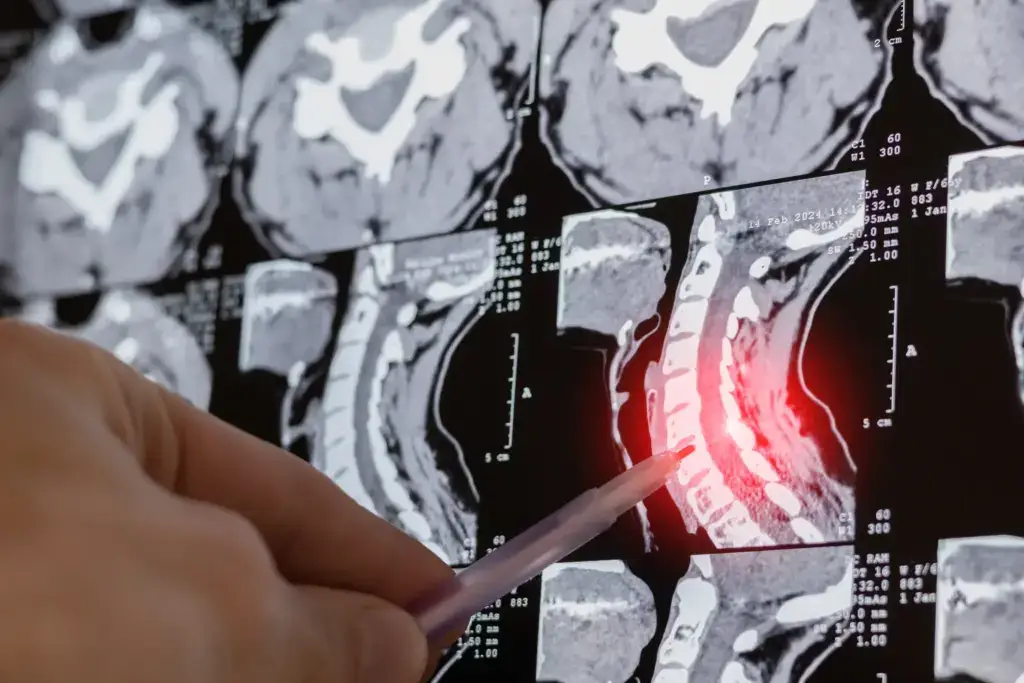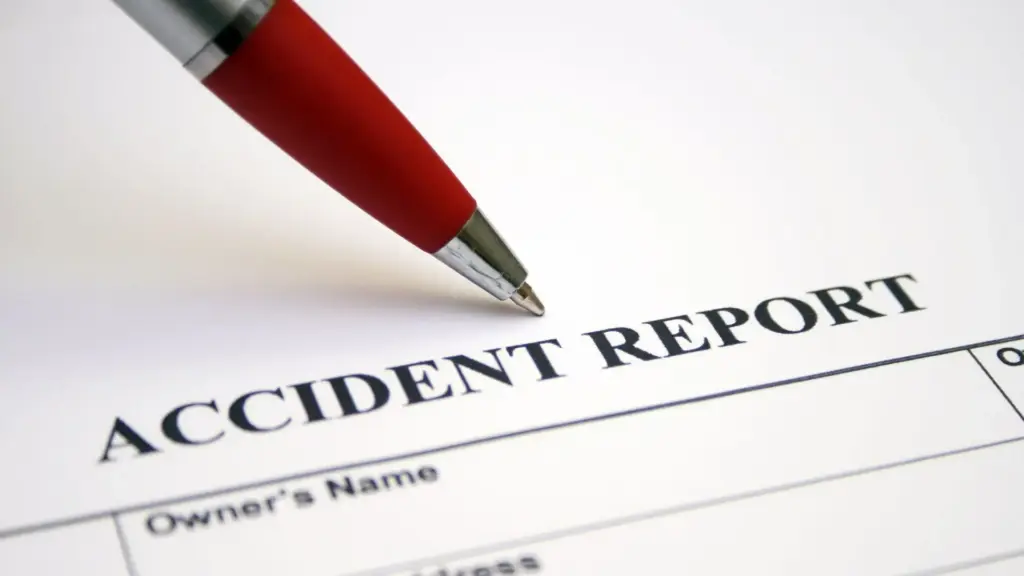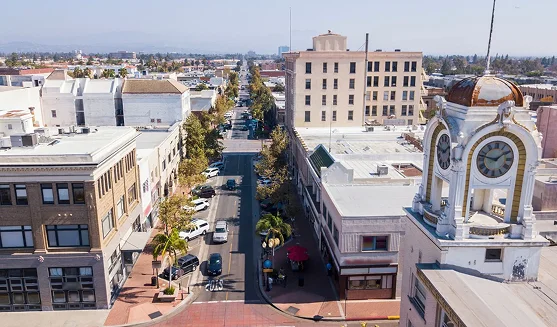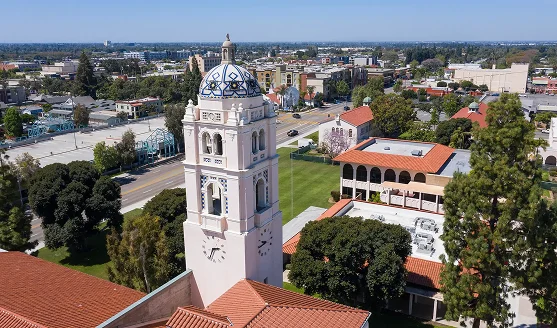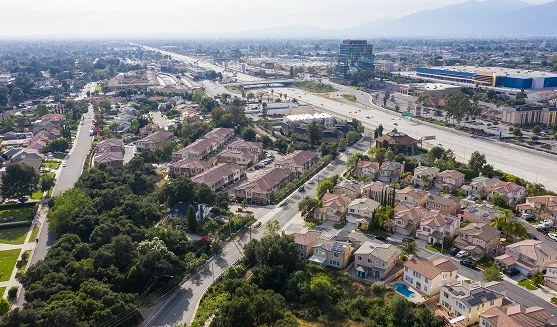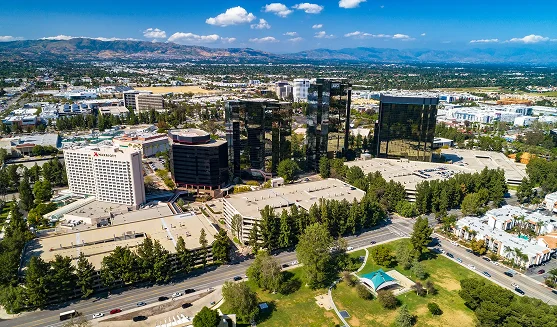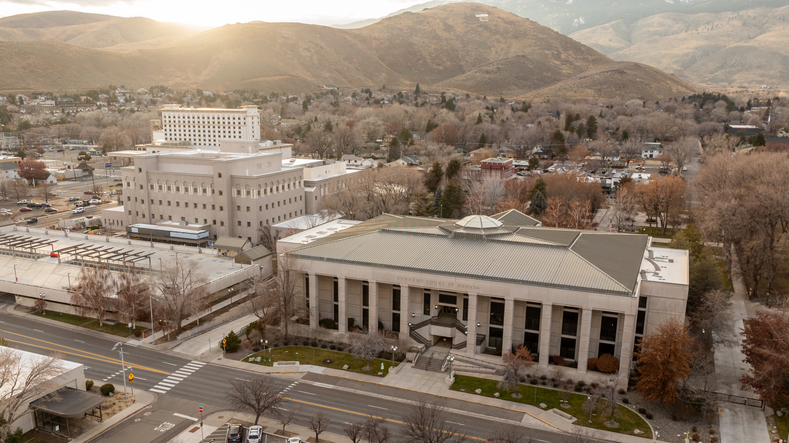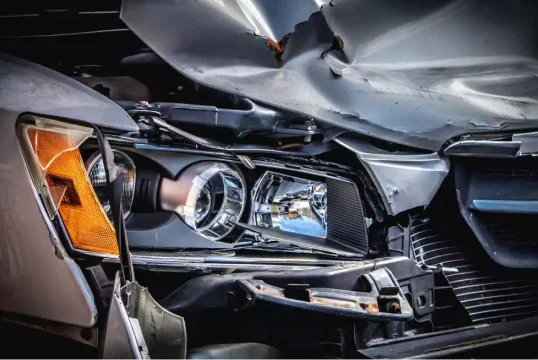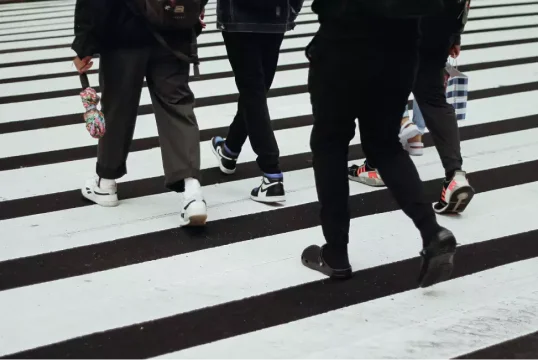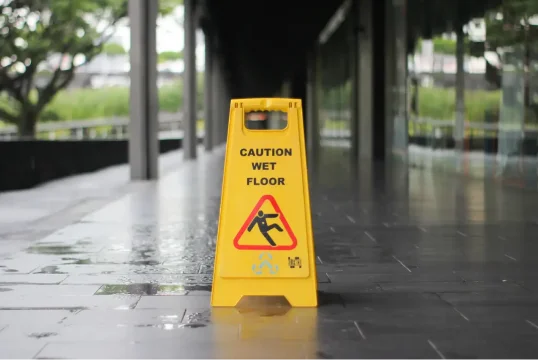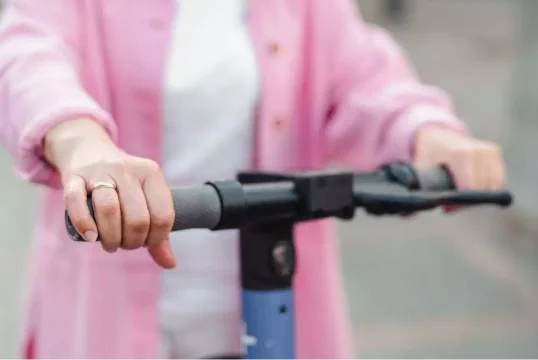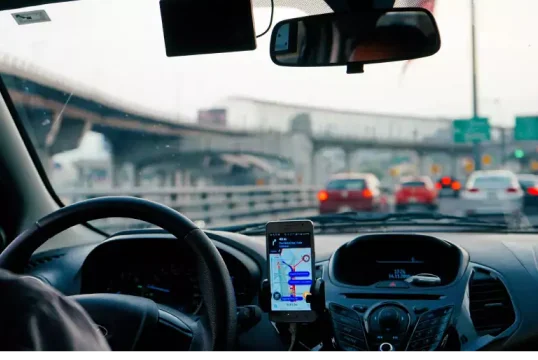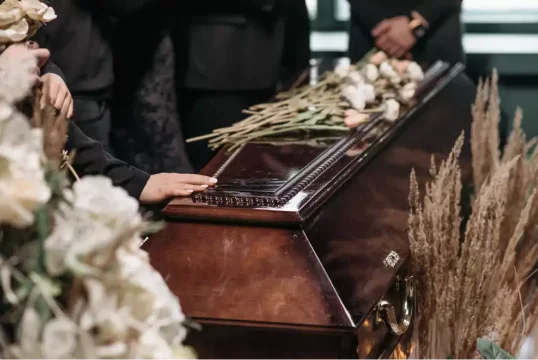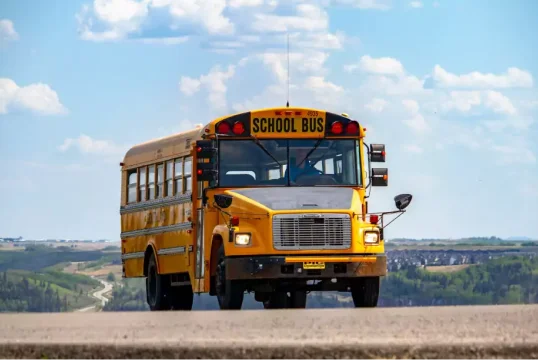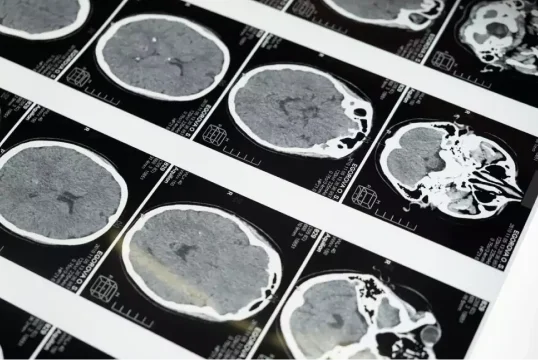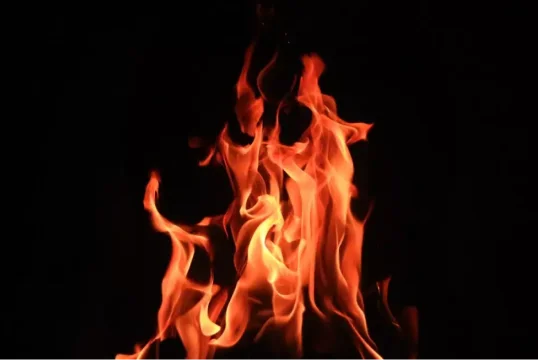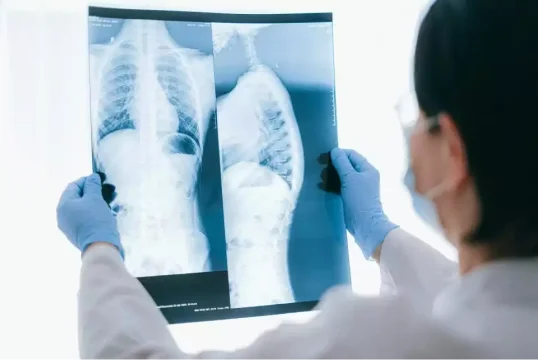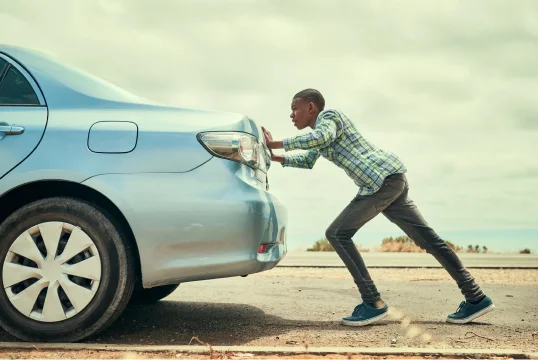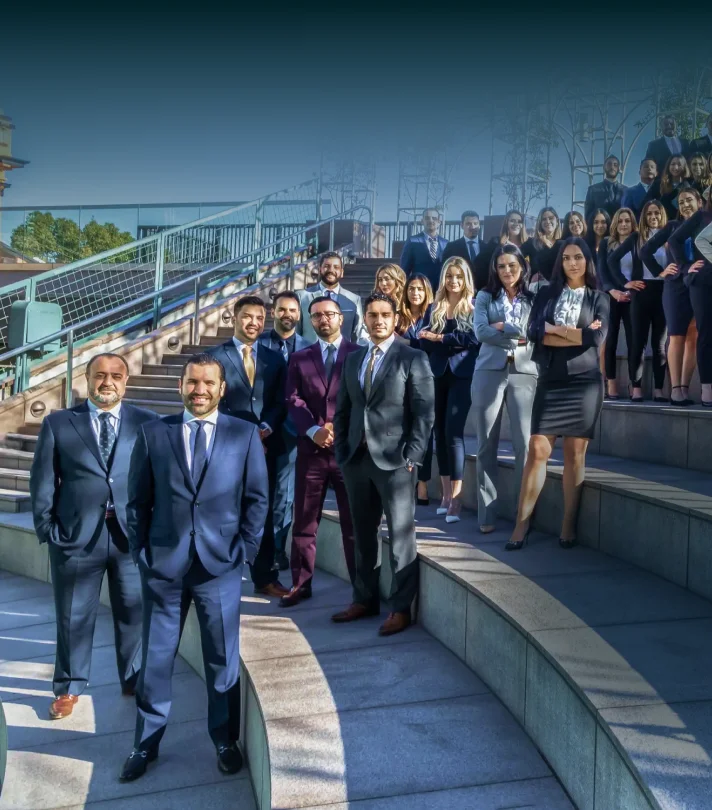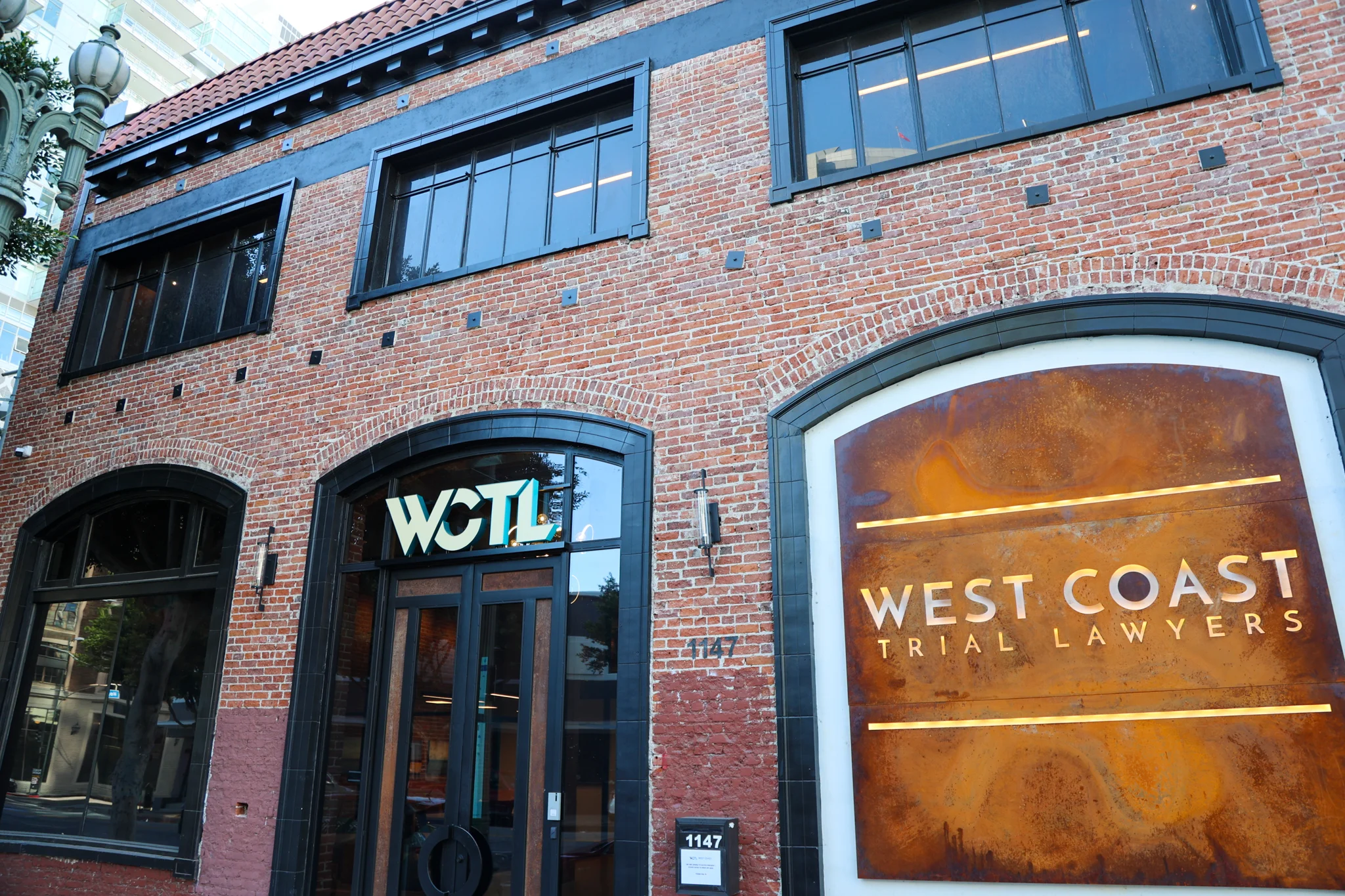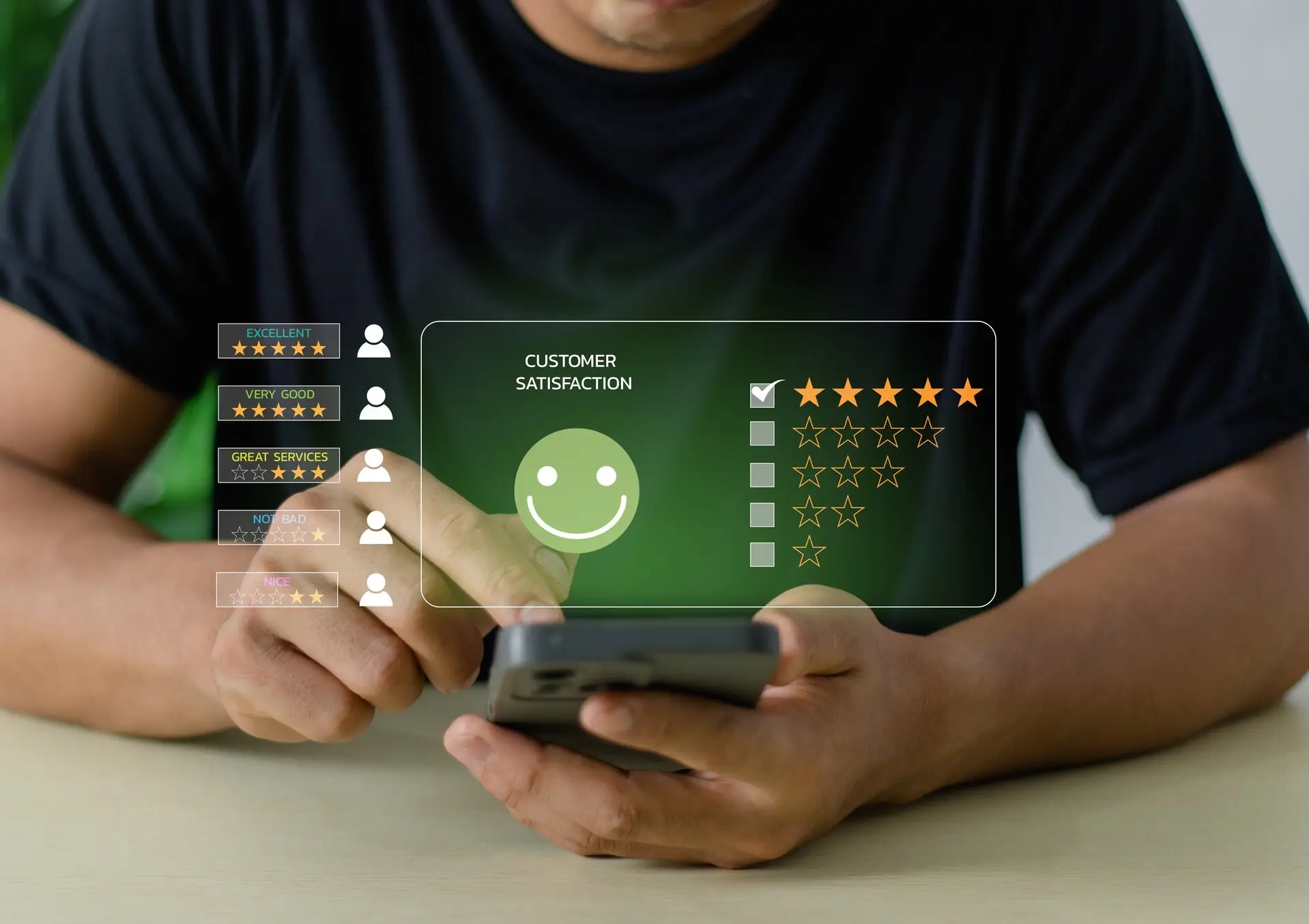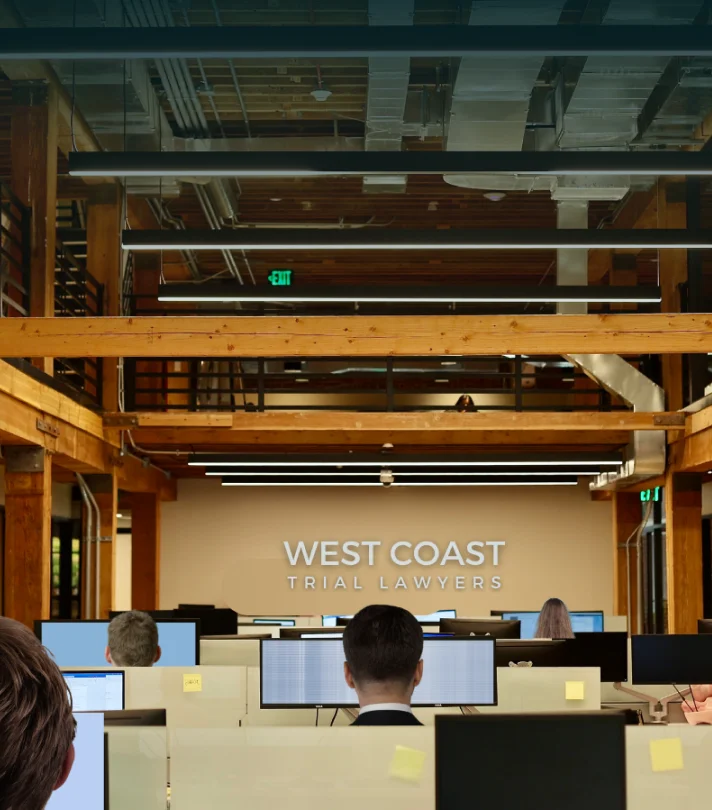Spinal cord injury cases in San Bernardino County may arise due to serious car accidents, especially those that happen along the I-10 and I-215 corridors, and falls in local businesses or public areas. Victims are expected to be transported to nearby facilities, such as Loma Linda University Medical Center or Arrowhead Regional Medical Center, which are equipped to take on spinal cord injuries.
At West Coast Trial Lawyers, our San Bernardino personal injury lawyers are determined to provide support to individuals who undergo complications with these types of claims, ensuring their rights are protected. With the help of our skilled attorneys, we will work to obtain fair compensation for medical care and rehabilitation.
Our law firm runs under a contingency-fee basis, meaning you owe us nothing unless we win your case. To set up a FREE consultation, you can get in touch with us by calling (213) 927-3700 or filling our easy online contact form.
What Happens When the Spinal Cord Is Injured?
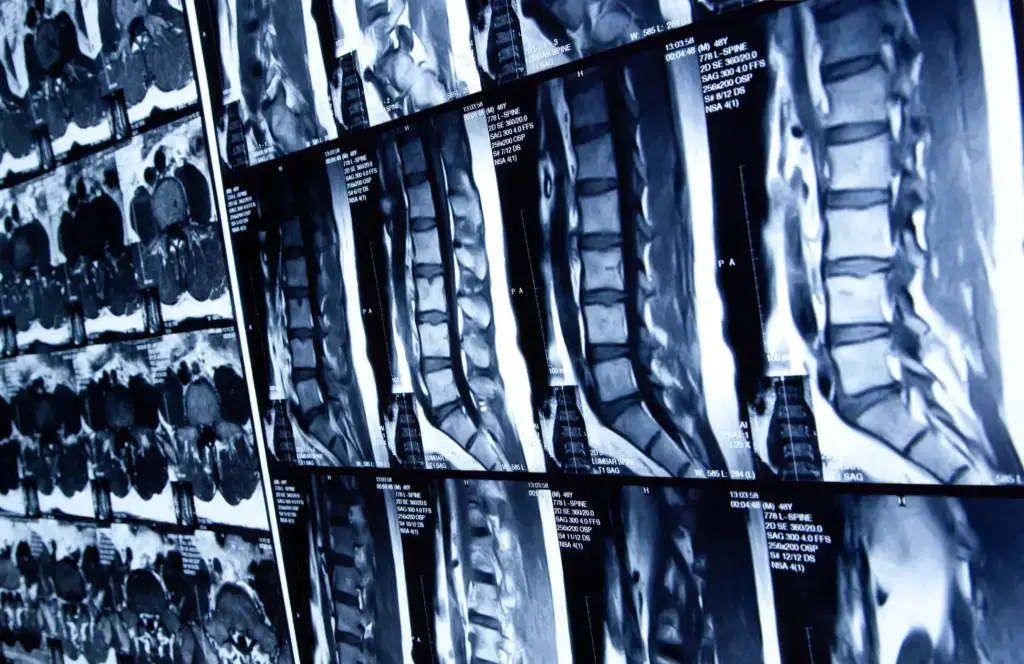
When the spinal cord is injured, it can impair the nervous system’s communication pathways. This may lead to partial or complete paralysis depending on which region is mostly affected. The extent of harm will depend on the location and the severity of damage.
Injured victims will need to undergo extensive medical procedures and rehabilitation to improve their quality of life. In the weeks and months that follow, some may notice improvement to a certain degree, but full recovery is not usually possible.
What Causes a Spinal Cord Injury?
Several factors can cause a spinal cord injury. According to the National Spinal Cord injury Statistical Center (NSCISC), motor vehicle accidents (including car accidents, motorcycle accidents, and truck accidents) and slip and fall accidents accounted for nearly 70% of such bodily harm. Acts of violence, mostly gunshot wounds, and sports injuries contributed to about 23%. Non-traumatic cases involved medical or health-related conditions, such as:
- Tumors pressing on the spinal cord
- Infections causing inflammation
- Birth defects affecting the spinal structure
- Degenerative diseases, including spinal stenosis or severe arthritis
- Multiple sclerosis or other demyelinating diseases
What Are the Statistics on Spinal Cord Injuries?
Based on recent data provided by the NSCISC, about 54 new traumatic spinal cord injury (tSCI) cases happen per one million people in the United States, equaling nearly 18,421 new cases annually. While data pertaining to San Bernardino County is limited, the area’s popularly traveled routes (including the I-10 and I-15) and its high population mean that residents may encounter similar risks, particularly when it comes to motor vehicle accidents and slip and falls.
Currently, the number of people living with tSCI in the United States is roughly 308,620 (central value based on the data available), with a range between 259,374 to 393,913. The average age at injury has remained at 44 years for the past decade, and about 78% of new tSCI cases have involved males. Hospital stays have also lessened over time, with the acute care averaging 18 days and rehabilitation being at about 37 days, all since 2015.
Other additional information include the following:
- Incomplete tetraplegia is the most frequent neurological category.
- Less than 1% of patients reach complete neurological recovery by the time of their hospital discharge
- At least 29% of people experienced one re-hospitalization a year after their injury, staying an average of 18 days.
What Is the Classification of Spinal Cord Injuries?
The ASIA Impairment Scale (AIS) grades the extent of spinal cord injuries from A to E. A will represent a complete injury with no motor or sensory function below the injury. Grade B will indicate that there is feeling, but no movement. Grades C and D will show various levels of movement, with D having more strength preserved. Grade E means normal movement and feeling. This scale will allow physicians to understand the injury, determine how rehabilitation will be done, and monitor the recovery over time. As spinal cord injuries are classified based on the severity and the type of neurological impairment, it can be furthered categorized as either complete or incomplete.
Complete Spinal Cord Injuries
A complete spinal cord injury happens when sensory or motor function is unresponsive below the affected site. These are known as the most severe and can lead to paralysis. Since there is no function, individuals who have this condition will be met with complications in terms of mobility, self-care, and daily activities. Intensive rehabilitation and support are needed to improve overall wellness.
Incomplete Spinal Cord Injuries
Incomplete spinal cord injuries will arise when partial motor or sensory function continues beneath the affected area. Essentially, it is damaged, but not completely severed, meaning that signals between the brain and other parts of the body below the injury zone can be received to some degree. Such bodily harm can vary widely, where some people may acquire movement but less sensation whereas others will have sensation but physical limitations The degree of preserved function may affect the recovery process.
What Are the 4 Types of Spinal Cord Injuries?
The four types of spinal cord injuries are determined based on the region of the spine impacted by brute force or by illness. These include: cervical, thoracic, lumbar, and sacral. Let’s take a closer look at each one below.
Cervical
The cervical spine (C1 to C8) is located in the neck area. Injuries here are typically the most severe since they can affect the head, neck, arms, and hands. Damage done to C1 to C4 can result in tetraplegia/quadriplegia, meaning you could experience paralysis in all four limbs.
Thoracic
The thoracic spine (T1 to T12) is found in the upper and mid-back. Harm inflicted here can impact the trunk, and in some cases parts of the arms depending on the level and severity of the injury. Thoracic injuries can ultimately lead to paraplegia, which can cause loss of movement and sensation in the legs and lower body.
Lumbar
The lumbar spine (L1 to L5) is the lower back. Injuries in this particular area will tamper with legs, lower back, and hips. Those who have this type of bodily harm may retain upper body movement, but will have complications with leg mobility and bladder and/or bowel control.
Sacral
The sacral spine (S1 to S5) is at the base of the spine, located near the pelvis. Injuries that happen here can affect the hips, lower limbs, bladder and/or bowel control, and sexual function. It is known to cause the least amount of paralysis since the body above the injury site typically remains responsive and functional.
What Are the Four Functions of the Spinal Cord?
The spinal cord has four functions, all of which are important for maintaining pathways to send signals between the brain and the body. Let’s further discuss each one in the sections below.
Sensory Information Transmission
The spinal cord is like a messenger that carries feelings and sensations from your body to your brain. This includes:
- Touch
- Pressure
- Pain
- Temperature
If this part of the spine gets damaged, you may experience a loss of sensation below the injury, making it difficult to maintain balance and coordination.
Motor Command Relay
This is where your brain will tell your muscles what to do. The spinal cord will send signals from the brain to your arms, legs, and other muscles to allow you to move. If this area gets injured, it can make certain body parts hard or even impossible to move.
Reflex Coordination
The spinal cord controls quick reactions without having to wait for the brain. For instance, if you touch a hot object or liquid, you will instantly pull your hand away from it. After an injury, these reflexes may be altered, resulting in loss of certain reflexes or exaggerated, spastic reflexes beneath the affected site.
Autonomic Regulation
The spinal cord is a central part of the nervous system that connects the brain to the rest of the body. It can send signals that will control voluntary and involuntary (or automatic) functions, which are regulated by the autonomic nervous system. These include:
- Heart rate
- Blood pressure
- Digestion
- Bladder and bowel control
When the spine is damaged, particularly in higher areas near the neck or upper back, these automatic systems may stop working properly. This can lead to an irregular heart rate or low blood pressure. Individuals may also have difficulty digesting food or have a slowed gastrointestinal function. In addition, they may experience loss of control over bladder and/or bowel movements.
Who Is Liable for Spinal Cord Injuries?
Liability for spinal cord injuries will depend on how the incident occurred and who was behind it. In most cases, the individual or entity who committed negligence, recklessness, or intentional harm will be held legally responsible for damages. For instance, if a spine injury was caused by a car accident, the at fault driver, or in some cases, multiple drivers will share liability.
If the event took place on someone else’s property due to hazardous conditions, like a slip and fall accident caused by improper maintenance, the property owner may be held liable under premises liability laws. Product manufacturers may also be found accountable if a defective product, like faulty equipment or malfunctioning machinery, contributed to the injury. In rare cases, intentional harm, including assault or violence, can result in civil and criminal liability for the at fault party.
Under California’s pure comparative negligence law, if all parties were negligent in the matter, shared fault will be considered. So, if total damages are $100,000 and you are 20% liable, you may be granted 80% of compensation. Determining the at fault party will require an investigation into the matter. The plaintiff who is suing will have to prove the elements of negligence, which include the following:
- The defendant owed you a duty of care
- The defendant failed to uphold that duty
- Their behavior contributed to your spinal cord injury
- You faced actual damages, like medical expenses and emotional distress, as a result of the incident
When Should I Hire a Personal Injury Attorney?
You should consider hiring a San Bernardino personal injury attorney immediately after the accident, especially if you are dealing with liability disputes, costly medical expenses, or long-term consequences. Getting help early on in the legal process will allow you to obtain evidence while it is still fresh. Situations where seeking legal representation is important include the following:
- You sustained severe injuries.
- You are disputing liability with the opposing side who is denying fault.
- You are given lowball offers by the insurance company.
- You are dealing with a complex case involving car accidents, defective products, or premises liability.
- You could face potential long-term costs for ongoing medical care or for loss of earning capacity.
Seeking legal assistance will help improve your chances at acquiring the compensation you are entitled to. Your San Bernardino spinal cord injury attorney will assess your case, establish fault, and gather substantial evidence to use against the opposing side. If your claim heads to trial, they will continue to represent you to ensure you are granted the best possible outcome.
How to Start an Injury Claim?
Starting an injury claim will require you to take the steps below to ensure you are properly documenting the situation to enhance your chances of a successful outcome.
- Seek immediate medical attention: Even if you think your injuries seem minor, you should get yourself evaluated by a medical professional. They will create an official record that links to the harm you endured as a result of the incident. You should also request a copy of your medical records to use as evidence in your personal injury claim.
- Document the incident: Be sure to take photos of your injuries, damages, and the accident scene. Keep records of your medical bills, therapy costs, and any other related expenses. Try to write down your perspective of the event, including the date and time. Do not forget to also acquire witness statements to help strengthen your case.
- Report it to police: If you were involved in a motor vehicle accident, you should report it to the police. They will arrive at the scene, assess the situation, and create a written report in which you can request a copy to use for your spinal cord injury claim.
- Contact a San Bernardino spinal cord injury lawyer: You should reach out to a San Bernardino spinal cord injury lawyer for professional legal assistance. They will take a look at your medical records, accident details, and the losses you incurred to figure out what approach would be best to take. They will also negotiate with the insurance company and pursue a fair settlement that reflects the actual value of your spinal cord injury case.
How Much Compensation Will I Get For My Injury?
The amount of compensation you may receive for a spinal cord injury settlement will vary depending on several factors since there is no fixed amount due to the unique circumstances surrounding each case. Courts and insurance companies will consider economic damages and non-economic damages.
Economic damages refer to any type of financial strain you incurred as a result of the event, like medical expenses and lost wages. Non-economic damages cover emotional distress, loss of enjoyment of life, and pain and suffering. In serious SCI cases, the award can be significant due to the long-term effects of independence, mobility, and overall quality of life. In rare cases, punitive damages may also be granted if the responsible party exhibited egregious behavior.
Since SCI cases can lead to temporary or lifelong paralysis, settlements and verdicts will be different for each victim. Some could be valued from hundreds to thousands of dollars to several millions depending on the extent of the injury and the circumstances revolving around the incident.
To learn what you could be entitled to, you can input your losses into our personal injury settlement calculator to receive an estimate of your case value.
Suffered a Spinal Cord Injury? Explore Your Legal Options with West Coast Trial Lawyers Today
Living in San Bernardino can come with unique risks for spinal cord injuries, from freeway collisions to falls in downtown neighborhoods or mountain recreation areas, such as Big Bear and Lake Arrowhead. Spinal cord injury victims may experience lifelong complications that will require them to seek extensive and long-term care.
At West Coast Trial Lawyers, we aim to represent individuals who have suffered serious injuries, ensuring they are given the guidance and advocacy they deserve. Our team of excellent lawyers have over 20 years of experience with personal injury, including catastrophic injury cases.
We have the knowledge and expertise to guide victims through a difficult legal process, gathering important evidence, and advocating for fair compensation. We will work closely with medical providers and specialists to ensure all aspects of your injury and recovery is considered, allowing you to acquire funds to cover medical and rehabilitation costs.
Our law offices are scattered all throughout California, including San Bernardino. To book a FREE consultation, we welcome you to reach out to us by calling (213) 927-3700 or completing our quick online contact form.
Frequently Asked Questions About San Bernardino Spinal Cord Injury Claims
What Is Life Like with a Spinal Cord Injury?
Life with a spinal cord injury will be different for each person due to the unique circumstances they will face as they move forward with new changes made to their day-to-day life. Physical and emotional adjustments will be needed to improve quality of life. Some may need wheelchairs or assisted devices whereas others may regain partial movement or function through rehabilitation or physical therapy. Bladder, bowel, and sexual function may also be impacted, especially if the injury is located in the lower spine region. Higher-level injuries will require in-depth treatment.
Daily life will involve ongoing medical care, including lifelong access to caregivers or specialized equipment. Many people will make adjustments to their homes or vehicles to accommodate their condition, like installing ramps, driving controls, or having accessible bathrooms.
Living with a spinal cord injury may also involve emotional complications, such as frustration, anxiety, or depression. This comes from the need to adjust to a new daily routine. But, with the right support, many people will be able to rebuild an independent and fulfilling life.
Can People Recover From Spinal Cord Injury?
Recovery from a spinal cord injury is possible, but will heavily rely on the type, location, and severity of the injury. In most cases, people will not fully regain lost function, especially if their condition is identified as complete. But, with incomplete injuries, there is a higher probability for partial recovery. Early medical treatment can help improve results. Over time, rehabilitation can play a significant role with the healing process. Physical therapy and occupational therapy are some of the many known approaches that may allow affected individuals to regain strength, coordination, and independence.
Simply put, while a full cure is relatively rare, many people can experience notable improvement over time, especially in the first 18 months of when the injury initially occurred.
What Are the Symptoms of a Spinal Cord Injury?
The symptoms of a spinal cord injury will depend on what location is affected and its severity, but it will typically involve issues with movement, sensation, and bodily functions beneath the affected site. Common issues that may arise include the following:
- Loss of movement
- Loss or changes in sensation
- Loss of bladder and/or bowel control
- Changes in sexual function
- Intense pain or stinging sensations
- Difficulty breathing
- Spasms or exaggerated reflexes
Symptoms will occur shortly after the incident or will develop gradually due to swelling and inflammation on the spine.
What Are the Treatment Options for Spinal Cord Injuries?
Treatment options for spinal cord injuries will vary based on its severity and location. Most types of approaches will focus on stabilizing the spine and maximizing recovery. Early care can help with immobilization, reduced swelling (through medicine), and surgery to help relieve pressure and repair fractures. Affected victims may seek treatment at a local hospital, like Arrowhead Regional Medical Center or Loma Linda University Medical Center. Below are some common methods used to help with the healing process:
- Immediate medical care for spinal immobilization
- Surgical procedures to repair fractured vertebrae or remove bone fragments
- Medication for pain relief and/or to prevent complications, such as blood clots or infections
- Rehabilitation, including physical and occupational therapy
While complete restoration is uncommon, these approaches are made to help improve bodily function and independence.
What Is the Survival Rate for a Spinal Cord Injury?
Since the 1970s, survival during the first year after a traumatic spinal cord injury has improved, but long-term life expectancy is still lower than the general population. During the first year after a tSCI, most deaths occurred as a result of respiratory diseases, such as pneumonia and influenza. Other heart diseases, like a sudden heart attack, also occurred, along with infectious diseases, including septicemia.
For those who survive after the first year, the risk of death will slightly shift. However, respiratory complications will remain as the top cause, contributing to nearly 20% of deaths. Infections were also a notable concern (approximately 13.1%). Additional complications that appeared included cancer (12.1%), high blood pressure or ischemic heart disease (11%), and other heart-related issues (7.2%).
Early deaths were mainly from:
- Respiratory diseases
- Heart problems
- Infections
For families, if a traumatic spinal cord injury was caused by someone else’s negligence, like from a car accident or a defective product, a wrongful death case (CCP 377.60) may be possible. Such claims will allow family members to seek damages for medical bills, funeral and burial costs, and emotional distress.
